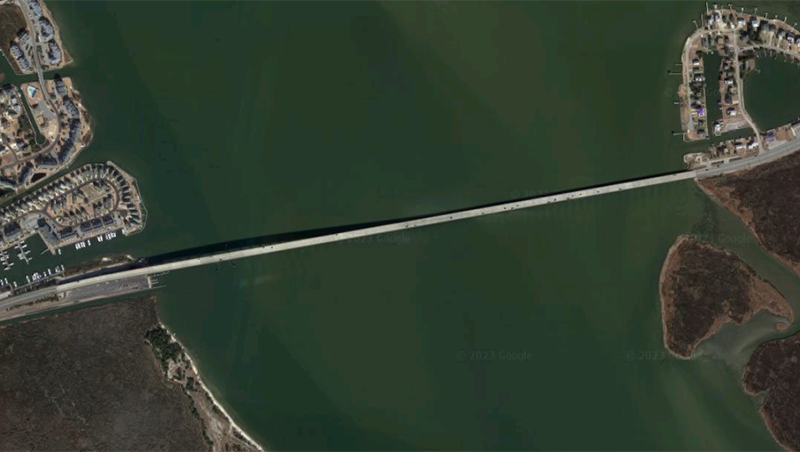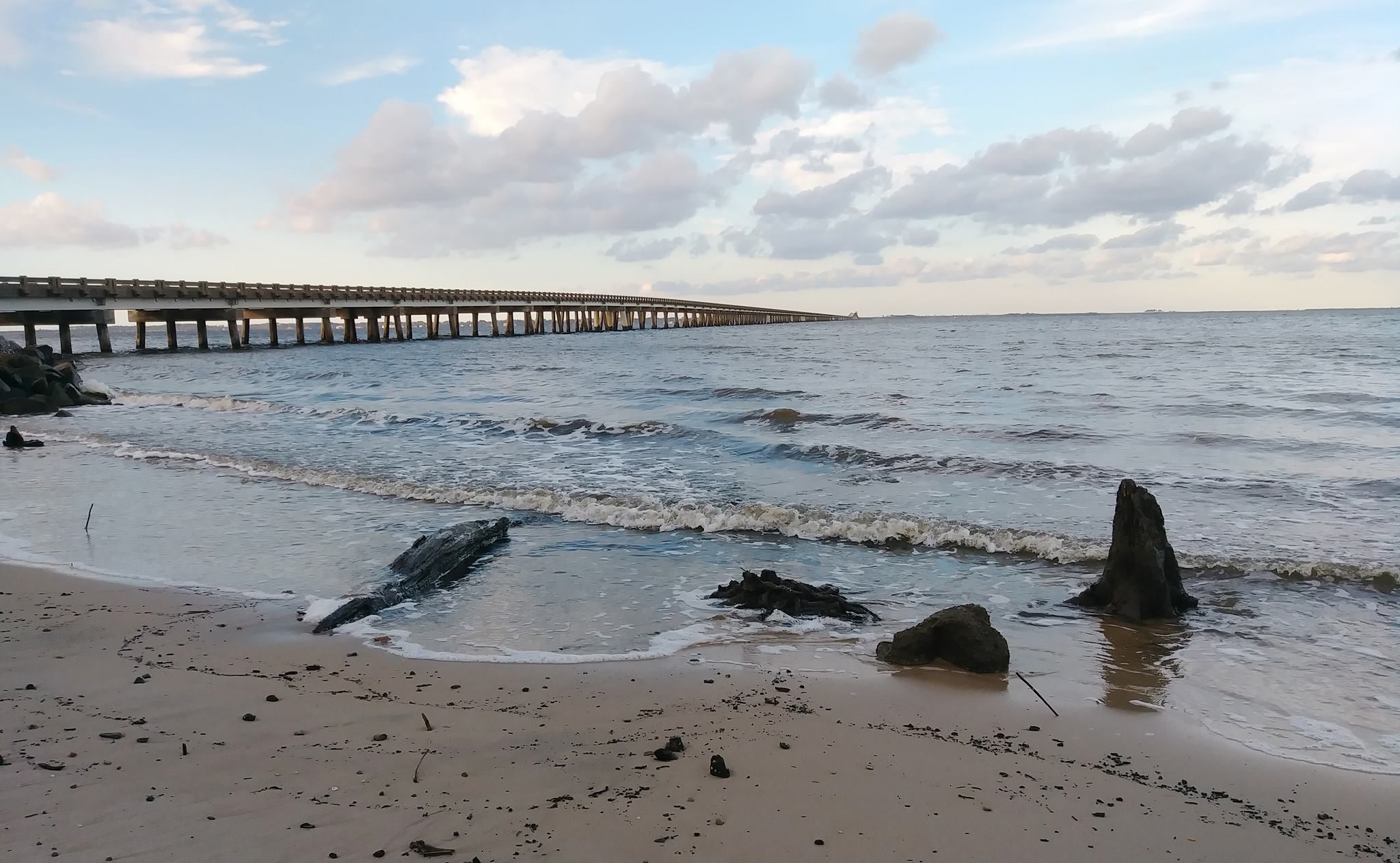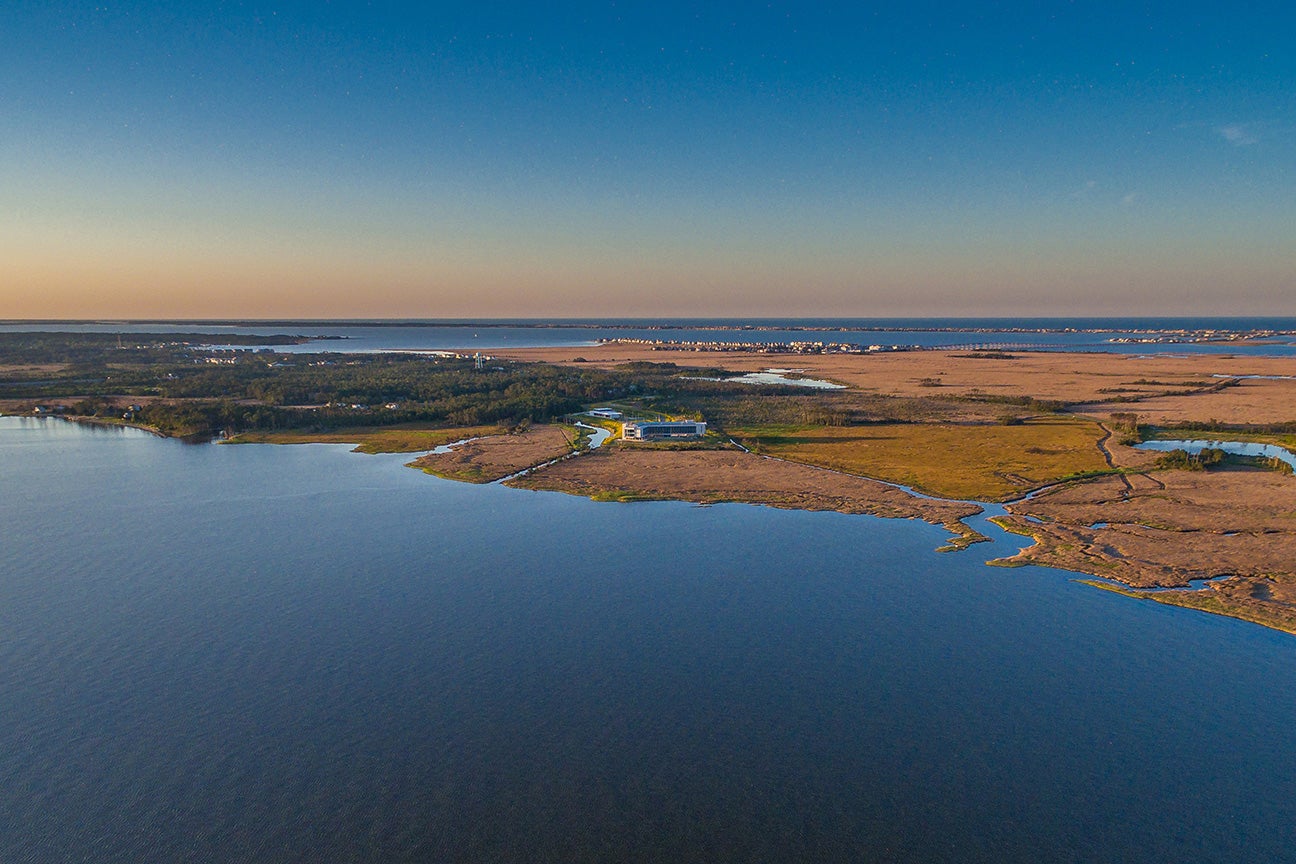Comments sought for proposed rule to revise annual catch limits
Published 7:29 am Thursday, February 28, 2019
NOAA Fisheries requests comments on a proposed rule for Abbreviated Framework Amendment 2 to the Fishery Management Plan for the Snapper-Grouper Fishery of the South Atlantic Region, which addresses vermilion snapper and black sea bass in the South Atlantic.
This proposed rule would increase the annual catch limits for South Atlantic vermilion snapper in response to the results of the latest population assessment.
This proposed rule would reduce the annual catch limits for South Atlantic black sea bass in response to the results of the latest population assessment.
Comments are due by March 6, 2019.
The proposed rule would increase the total and sector annual catch limits for vermilion snapper.
New annual catch limits for vermilion snapper (in pounds whole weight) are higher for 2019 and then declining. In 2019, the annual catch limit is 1,269,000 pounds whole weight with 1,073,720 pounds for commercial and recreational, 406,080 pounds. By 2023, the total catch limit is 1,336,000 pounds whole weight.
For black sea bass, the proposed rule would decrease the total and sector annual catch limits.
The catch limit is now 1.76 million pounds whole weight. In 2019, the catch limit will be 760,000 with 326,800 pounds for commercial and 433,200 pounds for recreational in both 2019 and 2020.
The comment period is open now through March 6, 2019. Submit comments by electronically or by postal mail. Comments sent by any other method (such as e-mail), to any other address or individual, or received after the end of the comment period, may not be considered by NOAA Fisheries.
The formal Federal Register Number is 84 FR 4758, published Feb. 19, 2019.
Submit electronic public comments via the Federal e-Rulemaking Portal, regulations.gov, NMFS-2018-0133.
Submit written comments to Frank Helies, Southeast Regional Office, NMFS, 263 13th Avenue South, St. Petersburg, FL 33701.
READ MORE IN OUR ON THE WATER SECTION.





